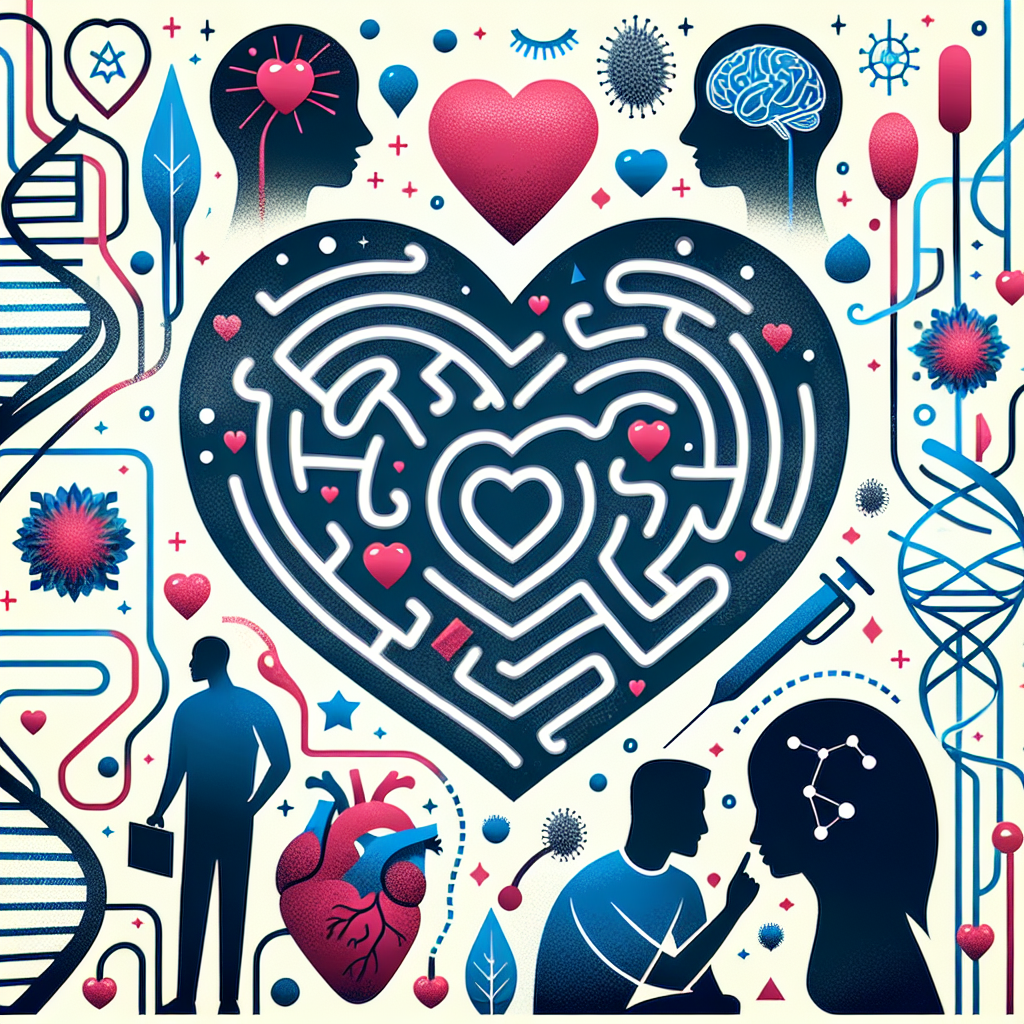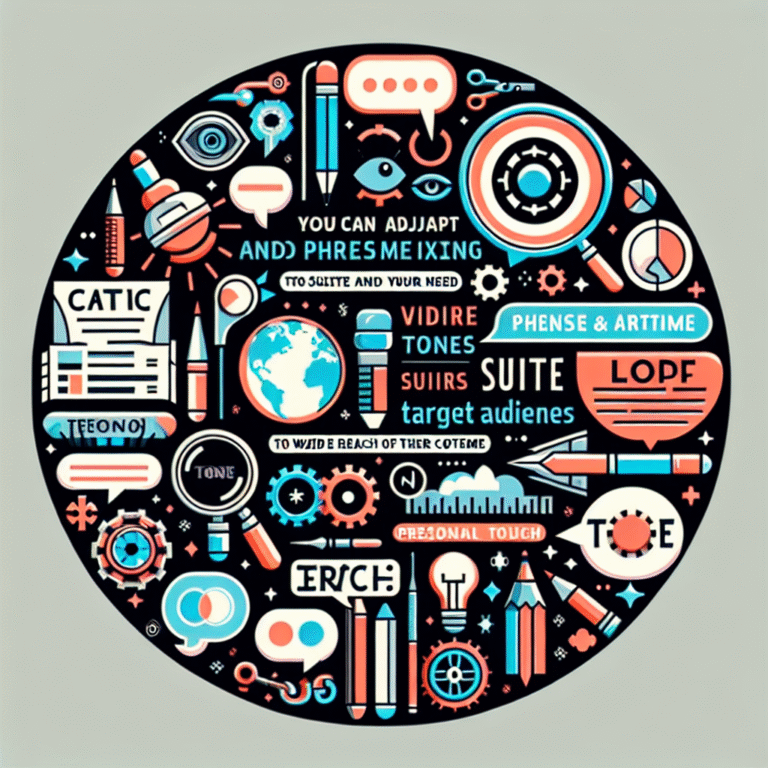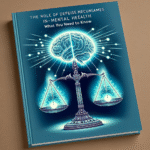
The Science of Affection: Using Attachment Theory to Strengthen Your Love Life
Introduction
In the maze of modern relationships, understanding how we connect with our partners can feel both enlightening and bewildering. As social beings, affection is often at the core of our most meaningful interactions, yet it is not always easy to navigate. Have you ever wondered why some relationships thrive while others struggle to survive? Enter attachment theory—the psychological framework that can illuminate these dynamics and help you strengthen your love life. This article delves into "The Science of Affection: Using Attachment Theory to Strengthen Your Love Life," providing essential insights that could transform your romantic experiences.
The Basics of Attachment Theory
Understanding the Theory
Attachment theory, originating from the work of British psychologist John Bowlby in the mid-20th century, explores the bonds formed between humans—typically between an infant and their caregiver. Bowlby’s research identified that the early attachment styles we develop can significantly influence our adult relationships.
Four Attachment Styles
The cornerstone of attachment theory includes four primary attachment styles:
- Secure Attachment: Individuals feel comfortable with intimacy and independence. They build fulfilling and stable relationships.
- Anxious Attachment: These individuals crave closeness but often fear rejection. They may appear clingy and overly dependent on their partners for validation.
- Avoidant Attachment: People with this style value independence over closeness. They may struggle to express emotions and tend to pull away when intimacy deepens.
- Disorganized Attachment: This style is often categorized by a mix of behaviors arising from trauma or inconsistent care during early childhood.
Understanding these attachment styles is the first step in "The Science of Affection: Using Attachment Theory to Strengthen Your Love Life," allowing you to recognize your own patterns and those of your partner.
The Impact of Early Relationships
Research shows that the relationships we have early in life set the stage for our future attachments. A child who experiences consistent love and support develops a secure attachment style, while those who encounter unpredictability or neglect may develop anxious, avoidant, or disorganized styles. These learned behaviors affect adult relationships—how we love, what we fear, and how we communicate.
Recognizing Your Attachment Style
Self-Assessment Questionnaires
To harness "The Science of Affection: Using Attachment Theory to Strengthen Your Love Life," it’s essential to identify your attachment style. Various self-assessment questionnaires can assist with this process. For instance, consider questions like:
- How do you feel about intimacy in relationships?
- Do you often worry about your partner’s commitment?
- How do you handle conflict with loved ones?
Case Study: Sarah and Tom
Background: Sarah identifies as having an anxious attachment style, while her partner Tom displays an avoidant style. Early in their relationship, Sarah’s need for assurance often felt overwhelming to Tom, leading to misunderstandings.
Analysis: Recognizing this dynamic allowed them to communicate their needs more effectively. With time and effort, Sarah learned to embrace her independence while Tom practiced opening up emotionally. This case illustrates the crucial first step in strengthening love—acknowledging and understanding different attachment styles.
Strengthening Your Love Life Through Attachment Awareness
Open Communication
Once you understand your attachment styles, the next step in "The Science of Affection: Using Attachment Theory to Strengthen Your Love Life" is fostering open communication. This involves sharing your fears, desires, and needs with your partner.
- Why It Matters: Open dialogues create clarity and trust. They help partners navigate fears or insecurities, leading to stronger relational bonds.
Building Trust
Trust is a fundamental pillar of any relationship. When partners feel secure, they are more likely to let their guard down. Strategies to enhance trust include:
- Consistency in Actions: Follow through with promises and commitments.
- Quality Time: Invest in quality experiences together that strengthen your bond.
- Emotional Availability: Make a conscious effort to be there for each other emotionally, promoting safety in the relationship.
Case Study: Jenna and Mike
Background: Jenna, who has a secure attachment style, and Mike, whose attachment style is anxious, faced intimacy challenges. Jenna’s emotional availability brought out Mike’s vulnerabilities, which he had never fully processed.
Analysis: With Jenna’s support, Mike learned to articulate his feelings. The trust they built through regular communication consistently led to improved intimacy, a clear demonstration of "The Science of Affection: Using Attachment Theory to Strengthen Your Love Life."
Practical Strategies for Each Attachment Style
Each attachment style comes with its own set of challenges and strengths. Here, we explore practical strategies tailored to each style.
For Secure Individuals
- Promote Mutual Growth: Encourage your partner to express their feelings and work together on areas for growth while remaining balanced in your needs.
For Anxious Individuals
- Practice Self-Soothing: When feelings of insecurity arise, engage in activities that promote self-compassion—like journaling or mindfulness.
For Avoidant Individuals
- Prioritize Vulnerability: Challenge yourself to share your feelings, even if it feels uncomfortable. This builds intimacy and enhances connection.
For Disorganized Individuals
- Seek Professional Help: Due to their complex backgrounds, individuals with disorganized attachments benefit from therapy. Exploring these feelings in a safe environment can pave the way for healthier connections.
The Role of Emotional Intelligence
Emotional intelligence (EI) is the ability to recognize and manage your emotions, as well as the emotions of others. High EI is particularly beneficial in relationships, regardless of one’s attachment style.
Developing EI Skills
- Self-Awareness: Recognize your emotional triggers and attachment patterns.
- Empathy: Cultivating empathy towards your partner’s feelings fosters deeper connections.
- Effective Communication: Learn how to express your emotions clearly and constructively.
Case Study: Lisa and David
Background: Lisa had grown up with emotionally unavailable parents, leading her to develop an avoidant attachment style. David, possessing high emotional intelligence, sensed her reluctance to connect deeply.
Analysis: David’s ability to approach Lisa with compassion and patience helped her gradually open up. Their relationship flourished as they cultivated emotional understanding, exemplifying "The Science of Affection: Using Attachment Theory to Strengthen Your Love Life."
Creating a Safe and Supportive Environment
Safety in Vulnerability
Creating a safe space involves making a conscious choice to be emotionally available and open to each other. Techniques such as:
- Active Listening: Engage fully with your partner’s concerns without planning your rebuttal.
- Affectionate Physical Touch: Small gestures of affection like holding hands or hugging can create feelings of safety.
Establishing Boundaries
Healthy boundaries are essential for nurturing relationships. Discuss what is comfortable and what is not, allowing for mutual respect and understanding.
The Long-Term Benefits of Understanding Attachment Styles
Understanding and implementing the principles of attachment theory can radically enhance your love life. The long-term benefits include:
-
Deeper Intimacy and Connection: A conscious effort to understand each other’s emotional worlds leads to profound intimacy.
-
Healthier Conflict Resolution: Acknowledging attachment styles helps de-escalate conflicts, as both partners approach disagreements from a place of understanding.
- Stable Foundation for Future Relationships: Even if a relationship doesn’t last, the insights gained through this knowledge can positively impact future connections.
Conclusion
By integrating the principles of attachment theory into your romantic life, you open the door to newfound depths of affection and intimacy. "The Science of Affection: Using Attachment Theory to Strengthen Your Love Life" is not just about understanding yourself and your partner better; it’s about transforming your relationships. By emphasizing communication, establishing trust, and fostering emotional intelligence, each interaction becomes a building block for success in love.
So take a moment to reflect. What attachments shape your relationships? Are you ready to explore the transformative journey that awaits?
FAQs
1. What is attachment theory?
Attachment theory explores how early relationships, particularly with caregivers, dictate how we form attachments and express affection in our adult relationships.
2. How can knowing my attachment style help me?
By recognizing your attachment style, you can identify behavioral patterns that may hinder your relationships, leading to better communication and healthier bonds.
3. Can attachment styles change over time?
Yes! While attachment styles are often rooted in early experiences, they can evolve with new experiences, relationships, and conscious efforts to change.
4. How can I communicate with a partner of a different attachment style?
Effective communication involves expressing your needs honestly while also making space for your partner’s perspective, promoting openness and understanding.
5. What if my partner refuses to recognize their attachment style?
Encouraging self-awareness is vital. Make it a shared journey to explore attachment styles. If they resist, consider suggesting couples’ therapy for professional guidance.
By embracing "The Science of Affection: Using Attachment Theory to Strengthen Your Love Life," you can create a fulfilling and lasting bond with your partner. Get ready to discover the transformative power of understanding and affection!


















